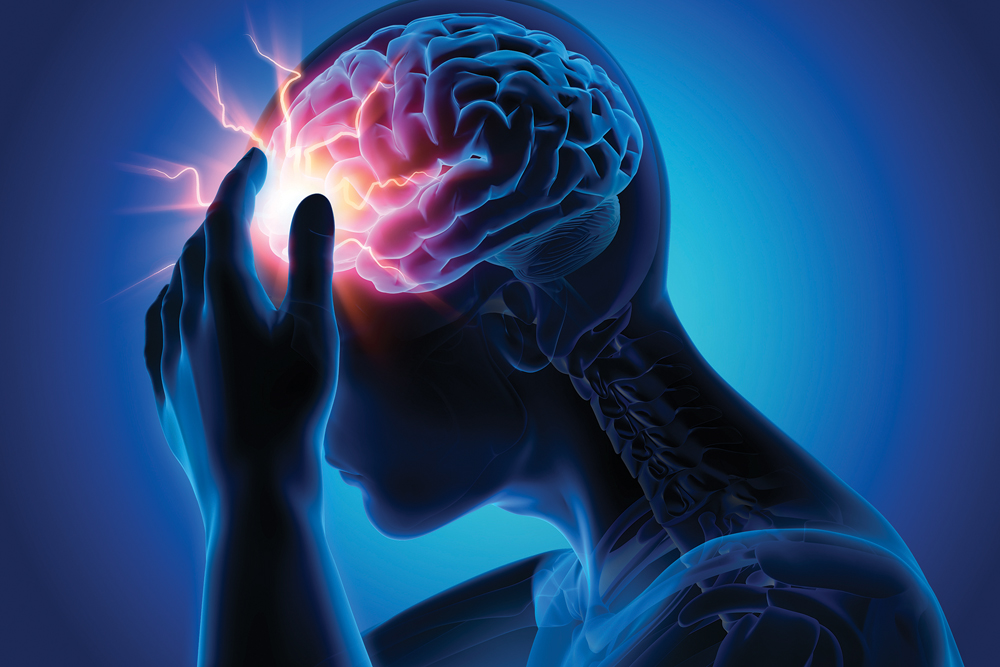Regulating pain has a lot to do with regulating the nervous system’s response to its environment (or perceived environment).
Throwing emotion into the mix will actually lead to fixating on the sensation of pain and ramping up the intensity of that sensation. Think of pain like another emotion. The more you think about it, the more you will feel it. Of course, that does not mean ignore or suppress pain. Feel your pain, and your emotions AND let them flow and change.
Anger, as an example, is a common feeling people report in their relationship with pain. Anger tends to be related to our boundaries. The more anger we use towards our pain, the more we build a hot boundary around the pain and lock ourselves inside it.
Read Also

Gentle treatments for pain in the neck
Heading toward year-end, people unknowingly tense up against the cold and busyness, causing neck pain that can often be treated with appropriate support and gentle mobility, athletic therapist Kathlyn Hossack says.
Does this mean you’re not allowed to be angry at your pain? No! In fact, finding a safe way to feel and express your anger can go a long way towards releasing pent-up energy from the nervous system, and relieving the sense of pain. We need to feel in order to release and begin healing.
Grief and sadness are good ones too, so let them flow and have a cry. Pain can be your gateway not your cage. Pain is there for a reason and it can actually be considered an ally if we are able to see it as a sense versus an attack to be made the victim of.
Sometimes we don’t like our best allies. They tend to tell us or show us things we’d rather ignore or avoid. They point out the contrast between what we want and what we need.
I often ask clients how their pain may actually be acting in their best interest. Pain is never here to spite us, only to protect us. Sometimes that’s raising the alarm around a physical insecurity and sometimes it’s a perceived threat from our environment or a relationship. Pain is one way our body says, “Hey… something’s not right.”
How can you see your pain as a trusted ally and guide? Try this: Next time you experience a new or old pain, take a moment to acknowledge it and breathe into it. Allow your breath to help you witness the pain, and try to understand what this pain is trying to make you aware of.
This is, of course, no replacement for appropriate medical assessment after an acute injury or onset of new, recurrent and intense pain. Please seek medical guidance in the case of new pain and use the tip above as a support during or after receiving appropriate assessment, care or directives from qualified physical health professionals.















